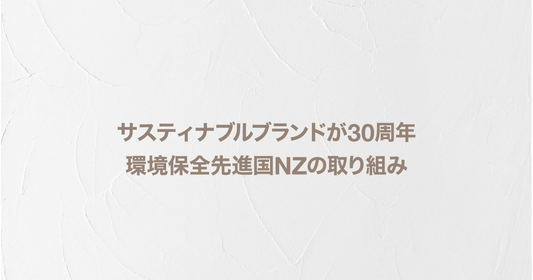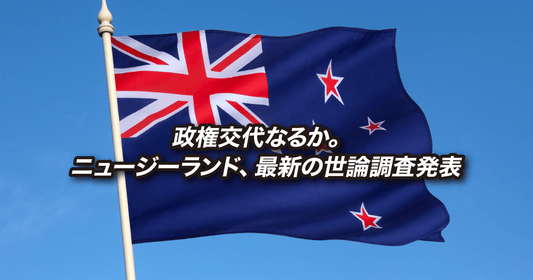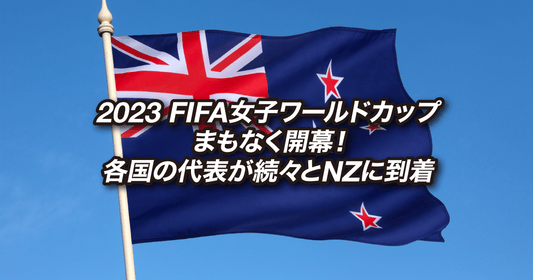
New Zealand was the first country in the world to finish 2020 and enter 2021. I would like to look back on New Zealand's 2020 from the monthly New Zealand News posted on the website of the national radio station, Radio New Zealand. Let's start with the first half of the year, from January to June.
January News
The year 2020, a year that has turned the world upside down due to the pandemic, kicked off with news of massive forest fires in Australia. The fires were so severe that smoke reached New Zealand, turning the sky an apocalyptic orange.
Radio New Zealand first reported the news of pneumonia in Wuhan by Reuters on January 9th. At this point, Health Commissioner Bloomfield also commented that the possibility of infection in New Zealand was extremely low, but who would have thought that the Health Commissioner would be holding daily coronavirus-related press conferences on television for months to come?
At the end of January, medical personnel were stationed at airports in Auckland and Christchurch, which have international flights, to check whether anyone arriving from China was feeling unwell.
As of January, 56 people have died worldwide and cases have been confirmed in Japan, Taiwan, Nepal, Thailand, Vietnam, Singapore, Australia, the United States and France.
February News
New Zealand banned entry from China on February 4th. People entering from overseas are now subject to immigration checks at the airport to ensure they are not feeling unwell. There has been little news related to the new coronavirus in February.
A group of people are discovered secretly exploring caves in search of the bones of Polynesian giants, raising concerns about the risk of archaeological damage; flooding leaves 380 people stranded in Milford Sound, New Zealand's most popular tourist destination; and albatross hatching is live-streamed, making headlines.
Then on February 28, New Zealand's first case of COVID-19 was confirmed, and Prime Minister Ardern stated at a press conference that the person was in their 60s and had entered the country from Iran via Bali.
March News
The coronavirus outbreak has spread rapidly around the world, with all of the top 100 news stories for the month being virus-related.
The New Zealand government closed its borders in mid-March, banning entry to anyone without citizenship or permanent residency. This was the first time in New Zealand's history that a border closure had been implemented.
The government announced a warning system to indicate the threat of the virus on March 21, and at the same time requested people to refrain from traveling within the country. On March 25, the warning level was raised to the highest Level 4, and a four-week lockdown began on the 26th. Panic buying at supermarkets and other stores has also become a problem in New Zealand.
Prime Minister Jacinda Ardern and Health Commissioner Bloomfield are holding their daily 1pm press conference to update the public on virus-related news.
April News
On April 2nd, the highest number of cases in a single day was recorded at 89, bringing the total to 797, but by mid-April, the number of cases had started to decline thanks to the strict lockdown. The infection rate has fallen to 0.48, while some countries overseas have a rate of 2.5.
The lockdown was extended five days from the original schedule, and then lowered to Level 3 on April 28. At Level 3, the scope of movement was expanded slightly, but most businesses and schools remained closed. Careful measures were taken.
The feather earrings worn by Prime Minister Ardern during her daily television press conferences have become popular. The fact that the feathers are made from fallen items and upcycled items (remade into something with high added value) has also become a hot topic.
May News
The lockdown was effective, and the path to eliminating the coronavirus was in sight in May. On the 4th, the number of new positive cases was finally recorded at zero.
On May 14, the alert level was lowered to 2, businesses and schools reopened, and gatherings of up to 10 people were allowed.
Also in the month, New Zealand's population surpassed the five million mark - the fastest pace in 17 years to grow by one million, up from four million reached in 2003.
June News
Prime Minister Ardern said the strict lockdown had been more effective than expected. On June 5, there were zero new cases for four consecutive days.
On June 8, the alert level was lowered to 1, and life in New Zealand returned to almost normal before the pandemic. No new community infections have been confirmed for 40 days, and the Ministry of Health, Labor and Welfare commented that community infection of the virus has been almost eliminated.
In response to survey results showing that one in 12 children have missed school because they could not afford sanitary products, the government decided this month to distribute sanitary products for free in schools. The government has set a goal of reducing child poverty by half in 10 years, but the number of people in need of support has increased due to the economic impact of COVID-19, so the government's move to "do what can be done immediately" was praised.
The Black Lives Matter movement, which opposed discrimination against black people and spread following the killing of a black man by a police officer in the United States, was also held in New Zealand, with thousands of people taking part in demonstrations.
The second half will continue from July to December!





